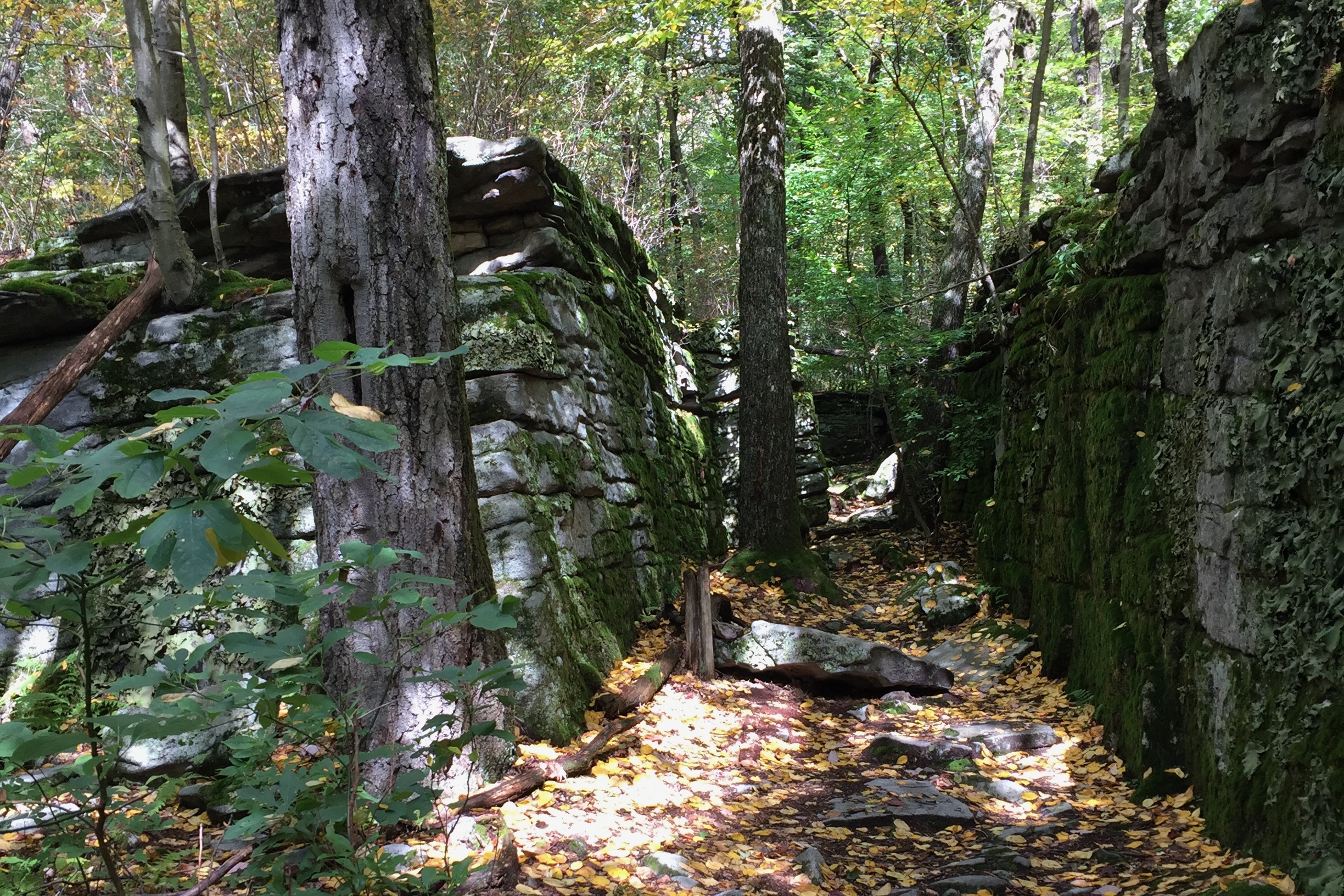This essay was originally published on November 25, 2020
Back in 2020, it was a stressful year, with a pandemic that has killed more than 250,000 Americans and an election that polarized the nation. Millions of people are out of work. Many schools are virtual. Our own Reid Frazier has been looking for ways to stay calm, so he took to the trail to practice a little self-care.
LISTEN to the story
Henry David Thoreau wrote he went into the woods to “live deeply and suck out all the marrow of life.” Me? I just wanted to stop looking at my phone, get some exercise, and see something besides the inside of my house.
I had gone backpacking a few times before over the years, usually just for a night or two. But I’d never done anything like this — five nights on the Laurel Highlands Hiking Trail, 70 miles in total.
It’s been a year where time has become incomprehensible. What’s a workday, when you’re always at home? What’s a school day when the kids never leave the house? Spending a week in the woods with a backpack and not much else seemed as good an idea as any.
There is only one goal in hiking: make it to the end. It isn’t so important how fast you go, or what you look like while you’re doing it. Just survive.
I thought about this a lot on my first day on the trail. After drought-like conditions all fall in Pennsylvania, it rained the whole first day of my hike. An old poncho kept me dry enough. But when I stopped to eat or rest, my body temperature dropped. So I kept moving.
The Laurel Highlands trail is pretty, but it isn’t some deep wilderness or natural paradise. It’s a thin strip of state forest and game land surrounded by farms and quarries, crisscrossed by highways and utility lines. The trail cuts through a ski resort, and goes by a sporting clays shooting range, which you can hear for hours.
But there are pockets of it where you can imagine what Western Pennsylvania might have looked like before all of that. The trail winds through several sandstone outcroppings in the woods, massive slabs created before dinosaurs walked the Earth, when Pennsylvania was near the equator.
And there is plenty of wildlife.
A snail in a pale yellow shell oozed along the forest floor one morning; a long glistening salamander, livid red and covered with brown spots, soaked in the dew. There were plenty of deer bounding through the forest, and owls hooting at night.
I hiked 12 to 15 miles a day, not far for an expert backpacker, but the outer limits of my own stamina. Over the first few hours of each day, my mind would drift back to the things I was trying to get away from — the pandemic, the election, all of the stress of 2020.
But over the course of each day, those thoughts melted away as I focused more and more on how tired I was. After about eight miles, my feet would wear down, and I began to feel every single rock and root through the soles of my hiking shoes. My knees started to ache after a few days, and I got blisters on my feet.
By the third day, I started thinking about getting off the trail. But I didn’t want to quit. And I don’t want to say I enjoyed the pain. But this feeling of exhaustion, discomfort, disorientation, it gave me something on to focus on, a task so vital I couldn’t just leave it for the next day.
In those exhausting hours, with fatigue filling every muscle, I focused on each step, one at a time.
After five and half days, I achieved my one and only goal: make it to the end. To do that, there was only one strategy: take each step, one at a time. In this most trying year, in which we have all lost so much, it’s as good a strategy as any.
All photos by Reid R. Frazier / The Allegheny Front.











